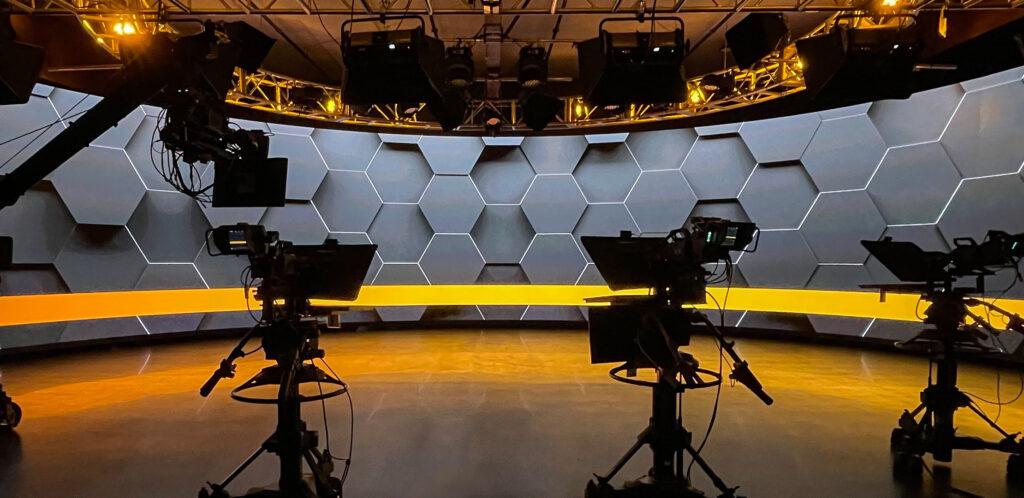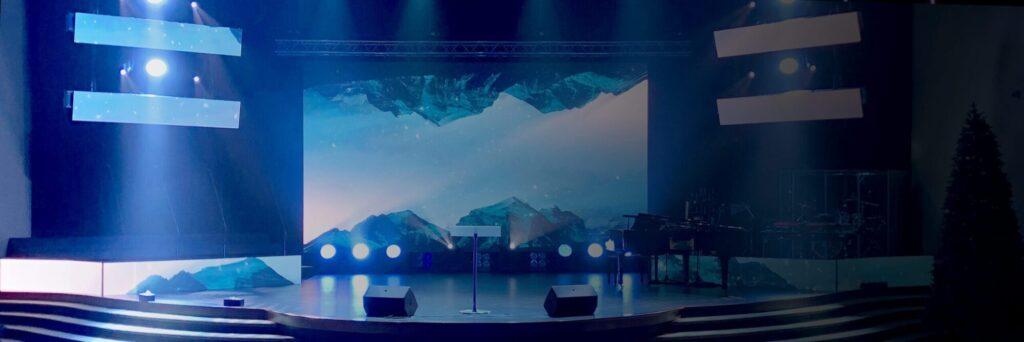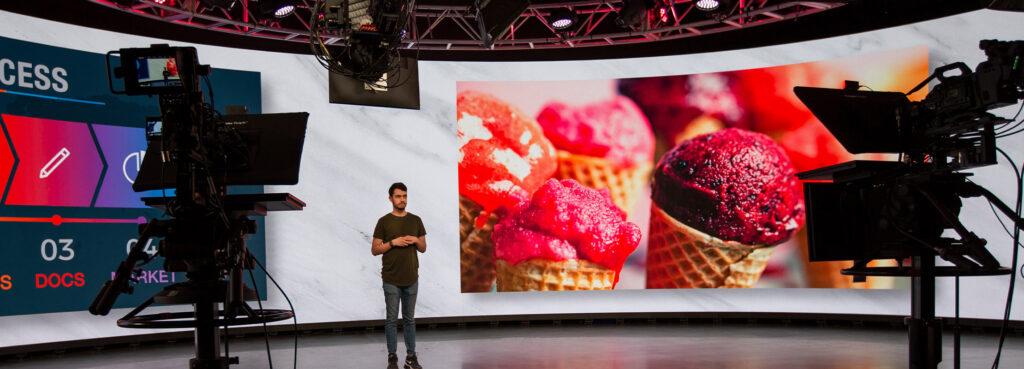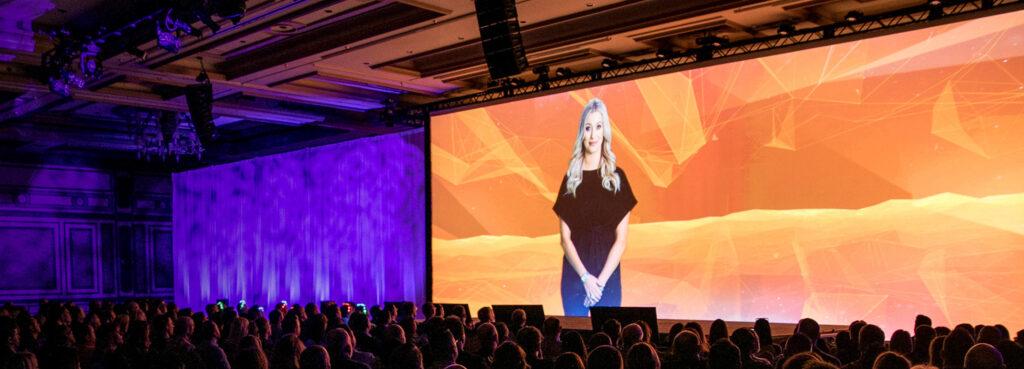Everything you need to know about LED walls and head-worn microphones! Below are some posts that demystify LED Walls and LED Panels, and posts that provide the information needed to make the best decisions regarding microphones. Please let us know if we can answer any questions for you. We are always happy to help!
Resources and Blog Posts
If you have ever seen a video online of a stage collapsing or an LED wall wobbling back and forth before its collapse, you can imagine the danger that an improper rigging can have to an audience. Proper rigging is paramount in live events for several reasons…
In the world of public speaking, presentations and live performances, ensuring clear and consistent audio is paramount. From stage actors to keystone speakers, the use of a headset microphone allows for complete freedom of movement, more reliable sound quality, and a more discreet appearance. In this introductory guide, we will review everything from deciding if a head worn microphone is right for you, miking your talent, and even some basic troubleshooting.
LED Walls offer many advantages over projection. While they do have a higher up-front cost, they are cheaper to maintain and consume about half the power resulting in lower overall cost to own. They are also easier to maintain. Maintenance on an LED wall is often as simple as adjusting a cable from a ladder where projector maintenance might require a scissor lift!
The pixel pitch, from a technical standpoint, is the distance between pixels (center to center) on an LED panel. Every LED display has a pixel pitch of some distance, even TV’s and computer monitors. Sometimes you have to get super close, or even use a magnifying glass to see the individual pixels. The closer the pixels are to each other, the crisper the image at closer distances.
Calibration plays a key role in ensuring your LED display looks incredible. When LEDs are manufactured, they generally have a 5nm wavelength tolerance window. Meaning that if the target red color has a wavelength of 700nm, an LED could be 705nm and still be considered within the acceptable range. The acceptable tolerance would actually be 695nm to 705nm, or 10 nm of total potential variance. What does that mean in the real world?
Each LED panel in an LED video wall will have a receiving card that connect the video wall to the processor. There are a number of brands of processor available today. The important thing to note is that the receiving card and the processor are part of a system. This means you can’t have a receiving card that is one brand and a processor that is another brand (unless that brand will allow a sending card from a different brand).
When LED screens are used in churches, live concert venues, and even corporate gatherings, there is a good chance that the LED screens will end up on camera somewhere. Livestreaming, multicasting, satellites, and IMAG (short for image magnification) have become incredibly popular over the last few years and rely on LED screens and cameras. Your LED screens and cameras have to play nice together.
LED Wall Panels, in most cases, are manufactured overseas. In today’s digital world, it is relatively easy to bypass a known manufacturer and go straight to the factory to get reduced prices on similarly spec’d LED panels. While that might save you some money up front, it generally results in problems down the road.Each LED Wall Panel is made up of one or more modules that house the LEDs. Each module will have a few thousand LED’s chips on them. And each LED chip has three colors, red, green and blue. Doing the math, a single panel can have 100,000 LEDs or more.
Your first foray into the world of LED displays can be daunting. There are so many new terms to learn and before you can make any decisions, you have to figure out what decisions you should be making! This primer gives you some insight into what you will need to install an LED display or wall in your church, conference room, lobby, or retail shop.
Pixel pitch is the distance between the individual pixels or LEDs. It is usually measured in millimeters from the center of one LED to the center of the next. Pixel pitch is important because it determines the viewing distance for the LED wall.
When evaluating an LED Wall for your church, venue, conference, or corporate install, there are many terms that might be unfamiliar. This glossary contains many of the key terms to help you navigate the LED panel landscape.









